What is a Furuncle?
A furuncle or boil as is commonly referred is an infection of the hair follicle that can either be bacterial or fungal. When it is formed, the surrounding skin of the infected follicles become inflamed and it varies in sizes. It could be as small as a pea or it could grow as big as the size of a golf ball. Boils can form on any part of the body such as the face, neck, eye, inner thighs, buttocks and groin. After some few days, a whitish tip may appear and this is where the pus will drain.
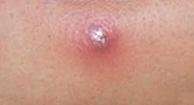
Fig.1 appearance of a furuncle on the skin
Difference Between a Furuncle and Carbuncle
While a furuncle is the contagion of a single hair follicle, a carbuncle involves multiple hair follicles in the same location. Any healthy person can get a boil but for carbuncles, they commonly occur in elderly and middle aged men as well as people with diabetes. Carbuncles are usually associated with chills and fever which is not the case with boils. 3
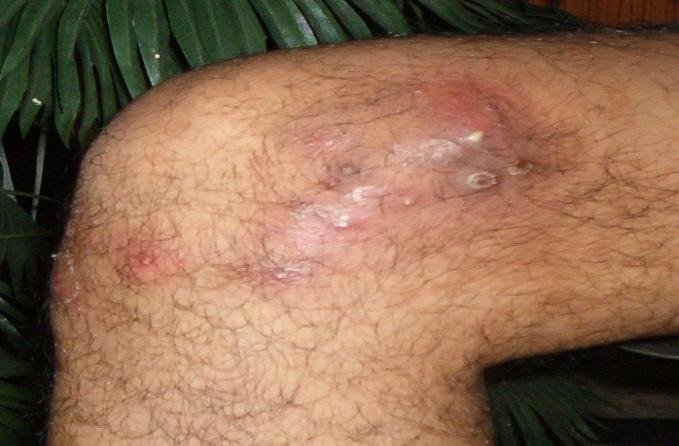
Fig.2 Carbuncle on the leg

Furuncle Vs Carbuncle
Symptoms of Furuncle
These symptoms may occur when you have furuncle:
- When a boil is to form on any part of the skin, the first sign you may feel is itchiness on that area. This is followed by formation of a raised bump that looks like a pimple.
- The furuncle most often appears red in color and as it progresses, it hardens and is usually associated with pain upon touch.
- Pus filled pockets are formed and at the center of the boil, a whitish head develops, which later becomes the exit point of the fluid (pus) that drains when it ruptures. What does pus consist of? It is a combination of the bacteria, white blood cells and the dead skin cells.
In some cases the lymph nodes near the groins may swell. With time, pressure builds up which causes the rupturing of the furuncle. For this reason, you should not try pricking, cutting or use any other manual means of deflating the boil just give it time to mature and it will rupture by itself. Once pus is released, the painful sensation is relieved and the healing begins.

Fig. 3 Boil with a whitish tip
Causes
Boils are caused by a bacterium known as Staphylococcus aureus, which finds its way to the blood stream via an open wound, scratch or cut. Its formation is as a result of the white blood cells fighting the bacteria. Furuncles take root following reasons such as:
- Low immunity- if your immunity is not strong enough to fight the bacteria, then the healing process is longer because the white blood cells are overpowered.
- Some health conditions such as diabetes are the reason for low immunity which in turn slows down the healing process.
- Contact with the staph infection- If you come into close contact with a person with a boil then you will definitely get one yourself because the bacteria will finds its way into your bloodstream.
- Ingrown hair- at times poor shaving could be the culprit because instead of hair growing outside it grows sideways causing inflammation on that part which then forms a boil.
Duration
A common boil usually forms and ruptures between 5 to 7 days. This is the case for small boils but for larger boils, they may refuse to drain by themselves and thus seeking medical advice should be the way forward.
Treatment
For furuncles, going to the doctor is not necessary because in healthy people it eventually drains on its own. However, if the boil is adamant and continues to grow without rupturing, you should see a physician for treatment. The treatment process involves facilitating pus drainage from the boil as that is the only way that it will heal.
When handling small boils, you should apply moist heat (such as that from a washcloth inserted in warm water) on the boil site for about 3 to 4 times a day. This not only helps in enhancing rupture but it also relieves pain. After administering moisture heat always remember to wash the site thoroughly using antiseptic or antibacterial soap to ensure that the infection does not spread. If you are a care giver make sure you wash your hands thoroughly after the procedure as well.
For boils that require medical attention, the doctor will most definitely conduct the draining manually through incision. Deeper furuncles are dressed and you will be required to go for regular changing of the gauze.
So, when should you seek for the physician’s services? Seek medical attention if:
- The boil does not rupture or the pain is unbearable
- You are diabetic (even if the boil is small)
- You experience fever and chills
- The swelling causes discoloration of the surrounding skin
- After treatment there is no change whatsoever
- The furuncle reappears severally after a short while
Don’ts
Once a boil forms, do not;
- Wear tight or fitting clothes over the boil
- Scratch the infected skin
- Pop, pierce or force the boil to drain
Home Remedies
There are natural alternatives that can be used for boil treatment which are equally effective. For home remedies, you may use:
Olive oil
It is rich in vitamin E and has antioxidant properties that can relieve pain.
Aloe Vera
It has a number of properties that make it the perfect choice. It reduces inflammation and can prevent both bacterial and fungal infections.
Oat meal
It used to reduce skin irritation and inflammation associated with furuncles.
Prevention
Observing some hygiene measures can help stop the spread of boils.
- Regular hand washing keeps bacteria at bay
- Open wounds should be cleaned and covered
- Personal items such as towels should not be shared
- Bedding should be washed regularly
- Avoid close contact with a person who already has a boil, and if you are the care giver use gloves.
Complications Associated with Boils
Boil is not a disease on its own but may be a symptom of an underlying condition. It may also cause further complications such as:
MRSA– Methicillin Resistant Staphylococcus aureus a condition where you become resistant to antibiotics used in treatment forcing the doctor to prescribe stronger drugs such as Vancomycin.
Sepsis– furuncles in worse cases could cause blood poisoning that can lead to infection of the brain or heart. 1
Pictures
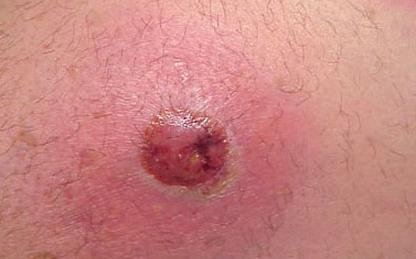
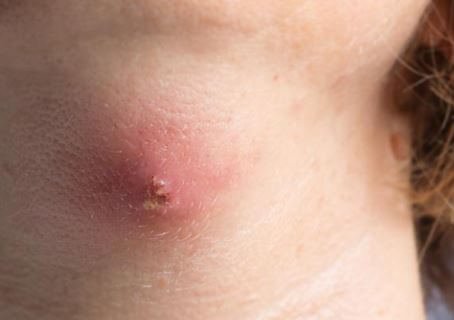
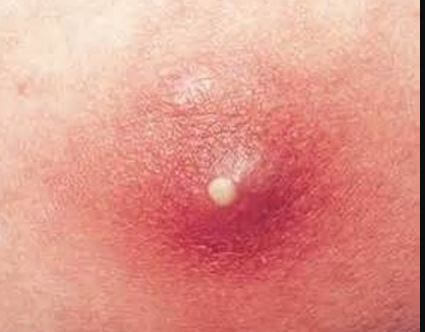
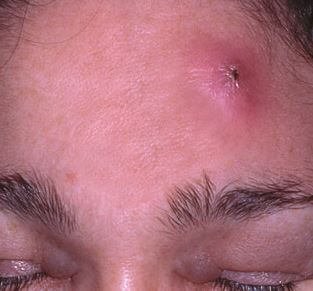
Reference List:
- What causes boil? 6 possible conditions, Available at http://www.healthline.com/symptom/boil
- Get Rid of Boils on Inner Thigh, Buttocks, Available at http://www.healthedition.org/boils/inner-thigh-and-buttocks-boils/inner-thigh-and-buttocks-boils-causes-pictures-treatment/
- Boil and Carbuncle, Available at https://www.drugs.com/health-guide/boils-and-carbuncles.html


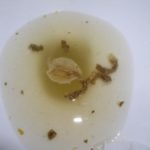




I see you don’t monetize healthjunta.com, don’t waste your traffic, you can earn extra cash every
month with new monetization method. This is the best adsense alternative for any type of
website (they approve all websites), for more info simply search in gooogle:
murgrabia’s tools